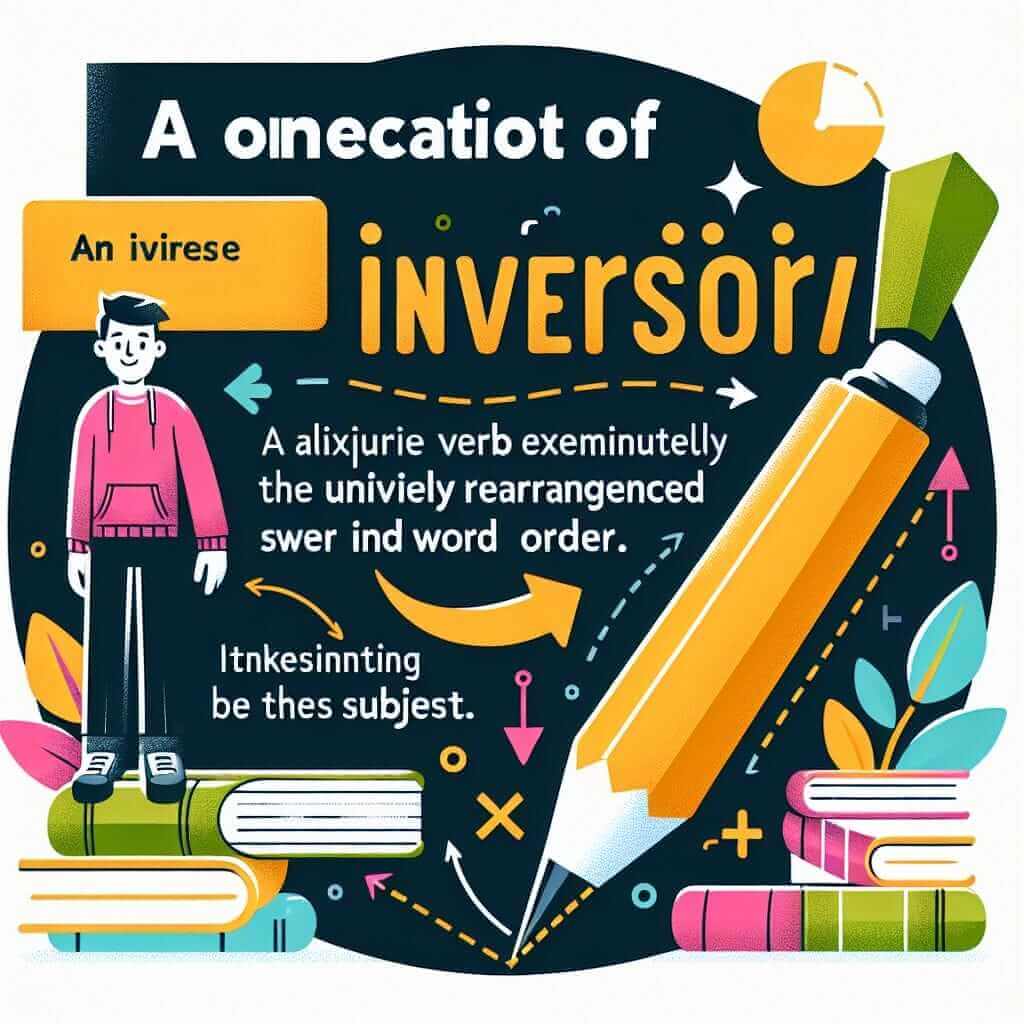As an IELTS teacher, I often hear students say, “I don’t know my limits until I try.” This common saying reflects a grammatical structure called “inversion” that frequently appears in the IELTS exam. Mastering this structure can significantly enhance your grammatical range and accuracy, ultimately boosting your band score.
Let’s consider a few examples of how inversion with “not until” can be used in different sections of the IELTS exam:
- Speaking Part 2: “Not until I started learning a new language did I realize how much I enjoyed exploring different cultures.” (This sentence emphasizes the speaker’s late realization.)
- Writing Task 2: “Some argue that formal education stifles creativity. Not until children are given the freedom to experiment will they truly discover their passions.” (This sentence presents a strong argument by emphasizing the importance of freedom for discovering passions.)
- Listening Section 3: You might hear a statement like: “Not until the professor explained the concept clearly did the students grasp its complexity.” (This sentence highlights the importance of the professor’s explanation for the students’ understanding.)
In each example, the “not until” clause triggers inversion in the main clause, creating a more complex and impactful sentence.
Deconstructing “Not Until…”: Meaning and Frequency in IELTS
The phrase “Not until…” signifies that something doesn’t happen before a specific point in time. This structure is particularly useful in the IELTS exam as it:
- Adds emphasis: “Not until…” places strong emphasis on the time or condition mentioned.
- Demonstrates grammatical range: Using inversion correctly showcases your command of complex grammatical structures.
- Creates a formal tone: This structure is typically used in formal writing and speaking contexts, making your language sound more sophisticated.
The Mechanics of Inversion: Rules and Applications
The “not until…” structure follows a specific format to create inversion:
“Not until” + [Time clause/ Phrase/ Adverb] + Auxiliary Verb + Subject + Main Verb
Let’s break down the formula:
-
“Not until”: This phrase introduces the time or condition for the main clause.
-
[Time Clause/ Phrase/ Adverb]: This element specifies the time or situation before which the main action doesn’t occur.
- Time clause examples: “…he left…”, “…the sun set…”, “…she finished her studies…”
- Phrase examples: “…then…”, “…that moment…”, “…recently…”
- Adverb examples: “…never…”, “…rarely…”, “…seldom…”
-
Auxiliary Verb + Subject + Main Verb: This is where the inversion occurs. The auxiliary verb is placed before the subject.
- Examples: “…did he realize…”, “…will they understand…”, “…had she experienced…”

Crafting Mastery: Examples Across IELTS Modules
Writing Task 2:
Prompt: Some people believe that success in life comes from taking risks and stepping outside of one’s comfort zone. Others think it is better to plan carefully and avoid risks. Discuss both views and give your opinion.
Example:
“While meticulous planning can lead to predictable outcomes, not until individuals embrace the unknown and venture beyond their comfort zones do they truly discover their potential for growth and innovation.”
Analysis: This sentence effectively argues that true growth and innovation occur when people take risks, using inversion to highlight the importance of stepping outside one’s comfort zone.
Speaking Part 3:
Examiner: What are some of the challenges people face when trying to learn a new language?
Candidate: “Well, many learners struggle with motivation. Not until they immerse themselves in the culture and start using the language practically do they fully appreciate its value and beauty.”
Analysis: The candidate uses inversion to emphasize the importance of practical language use and cultural immersion for appreciating a new language.
Reaching Higher: Advanced Techniques and Common Errors
For a higher band score:
- Combine with other grammatical structures: Use “not until” with conditional clauses (e.g., “Not until she had completed the course did she feel confident enough to apply for the job.”) or participle clauses (e.g., “Not until having traveled extensively did he truly understand the meaning of cultural diversity.”)
Common Mistakes:
- Incorrect word order: Remember, the auxiliary verb always comes before the subject in the inverted clause.
- Using inversion with all negative adverbs: Inversion is not always required with negative adverbs. Use it only with adverbs that strongly emphasize the negative (e.g., “never,” “rarely,” “seldom”).
Conclusion
Mastering inversion with “not until…” is a powerful tool for enhancing your grammatical range and accuracy in the IELTS exam. By understanding its structure, practicing its application in various contexts, and avoiding common mistakes, you can confidently incorporate this sophisticated grammatical feature into your writing and speaking, significantly improving your chances of achieving your desired band score. Remember to pay attention to the use of inversion in English texts and audio materials to familiarize yourself with its different forms and nuances.